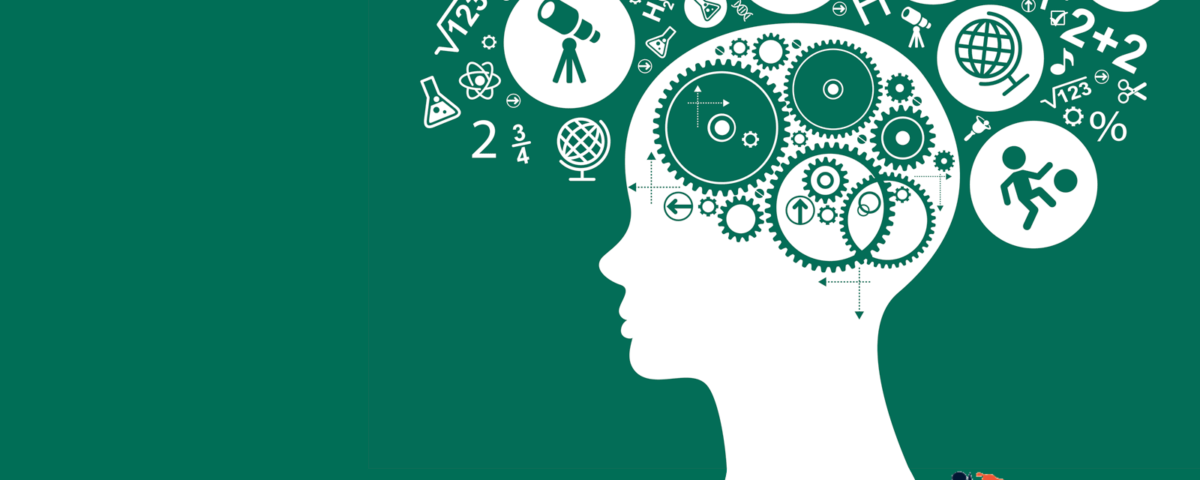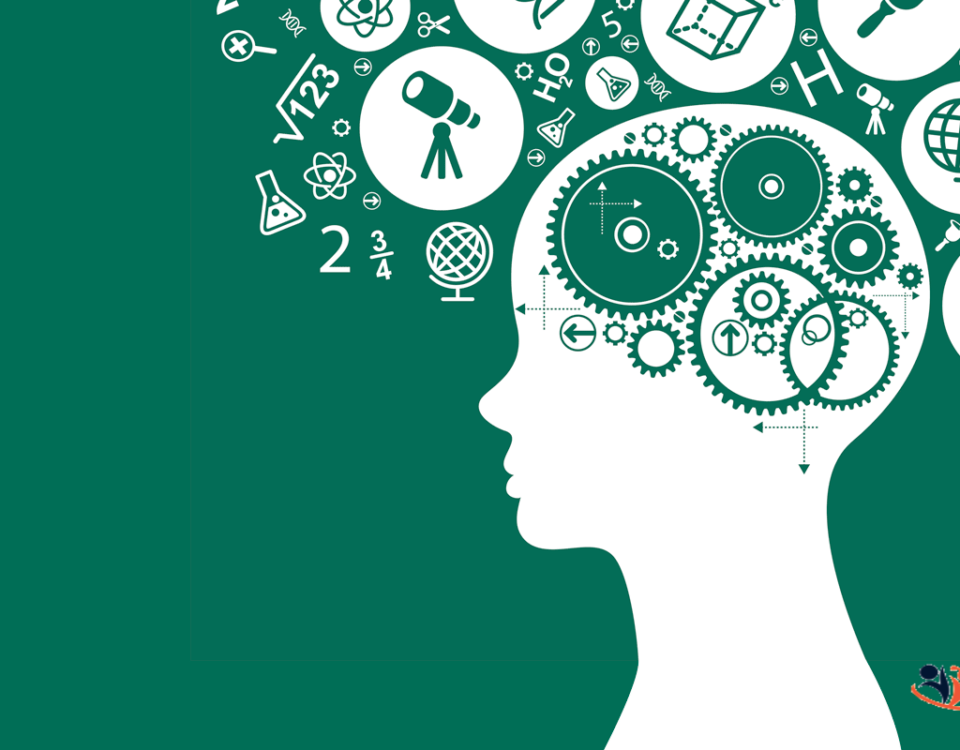- Top Quality Custom Essays
- +1 (628) 201-7932
- eprowriters01@gmail.com
Perception Discussion Response
Perception Discussion Response

Perception Discussion Response
Perception Discussion Response
The active nature of perception refers to the ability to alter and use perception in an active, rather than static, way (Wolfe & Horowitz, 2004). The process of using different senses or behaviors to construct what is being perceived alters each person’s sense of perception in any environment (Zaporozhets, 2002). When different behaviors or senses are focused on it can change how any data that is being received is perceived.
Bottom-up versus top-down processing refers to the hierarchal system in which information is received and processed (Rauss & Pourtois, 2013). Specifically, bottom-up perception focuses on incoming stimuli and is data-focused, using the current incoming stimuli to drive the information processing (Cherry, 2020). Top-down perception considers data in reference to already known information and contextual evidence, therefore, perceiving this data based on historically collected information rather than real-time stimuli (Cherry, 2020). Put basically, bottom-up processing is based on hard data being received in real-time, whereas top-down processing allows your brain to fill in any blanks that aren’t immediately available based on information it has previously collected.
Impairment of bottom-up processing would include impairment of any primary sense, such as sense of sight or sense of hearing (Javitt, 2009). The result of impairment in one of these functions could be the inability to match tone or pick up on emotional auditory clues (Javitt, 2009). If there was impairment in top-down perception, this could result in the inability to process received data properly (Javitt, 2009). An example of this is prosopagnosia, which is a disorder that causes the patient to be unable to recognize familiar faces (Cherry, 2020). The patient would be able to see the faces (bottom-up), however unable to relate that information to stored data, which would acknowledge them to be familiar (top-down) (Cherry, 2020).
Reference:
Cherry, K. (2020). The Bottom-Up Processing View of Perception. Verywell Mind. https://www.verywellmind.com/bottom-up-processing-and-perception-4584296.
Javitt D. C. (2009). When doors of perception close: bottom-up models of disrupted cognition in schizophrenia. Annual review of clinical psychology, 5, 249–275. https://doi.org/10.1146/annurev.clinpsy.032408.153502
Rauss,K. & Pourtois, G. (2013). What is bottom-up and what is top-down in predictive coding? Frontiers in Psychology, 4. https://doi-org.ezp.waldenulibrary.org/10.3389/fpsyg.2013.00276
Zaporozhets, A. V. (2002). On the Active Nature of the Visual Perception of an Object. Journal of Russian & East European Psychology, 40(3), 13. https://doi-org.ezp.waldenulibrary.org/10.2753/RPO1061-0405400313


